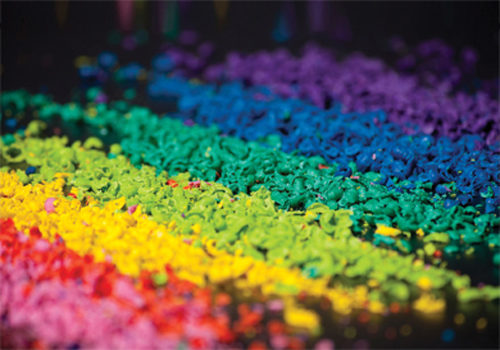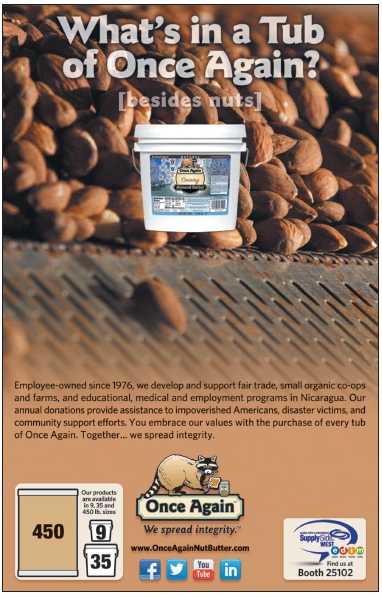When consumers say they’re fed up with the artificial additives in foods, chances are, they’re talking about dyes that are linked to behavioral problems and fake flavors that have a tinny not-quite-authentic taste.
Much of the impetus behind this shift is only natural: shoppers want to lead healthy lives and they know this means sticking as close as possible to what Mother Nature—not the Lord of the Laboratory—had in mind for our food.
“The consumer is more aware, knowledgeable and interested in understanding what they feed their bodies,” says Marie Wright, global chief flavorist at WILD Flavors, Erlanger, KY. “Consumers are attracted to a ‘clean label,’ which includes natural colors and flavors. The consumer is also craving authenticity and natural taste.”
But is interest in natural tints and tastes just the flavor of the month? Or, is it something more?
Take Caution with Colors
David Bom, Ph.D., technology development manager at Sensient Flavors LLC, Hoffman Estates, IL, says the pendulum has swung back and forth between natural and artificial ingredients many times since the onset of flavor production for food and beverages. “In the last decade, however, it seems that the pendulum has swung in favor of natural ingredients and has no intention of swinging back to artificial,” Bom states. “As a result, there has been an overarching push toward natural flavors within our company.”
Chad Ford, associate director of colors at WILD Flavors, agrees that the interest we’re seeing in the natural food colors and flavors industry isn’t a trend. It’s a paradigm shift in what consumers now expect and demand from their foods, which “began in Europe several years ago and is now hitting mainstream America.”
In 2007, a monumental study from the University of Southampton in the U.K. found six food dyes were linked to hyperactivity in children, and resulted in European Food Safety Authority requiring a warning label on all foods that include such dyes. Due to various health risks, several countries have outright banned certain food colorings that are allowed by the U.S. Food and Drug Administration (FDA).
Seven artificial dyes are allowed in the United States in total, but that doesn’t mean all Americans are complacent with them and other synthetic additives. Many shoppers are reading labels so as to avoid Yellow #5, Red #40 and other ingredients that just aren’t appealing. For instance, Dannon and Starbucks both came under fire after consumers realized the companies used carmine (a dye made from crushed beetles) to color their products pink and red.
Likewise, the United States may be following Europe’s lead by avoiding genetically modified organisms (GMOs). Bom believes mainstream shoppers are just starting to pay attention to this issue. He states, “GMO is more of an issue in Europe than Stateside. In the United States, we are slowly moving in the non-GMO direction.”
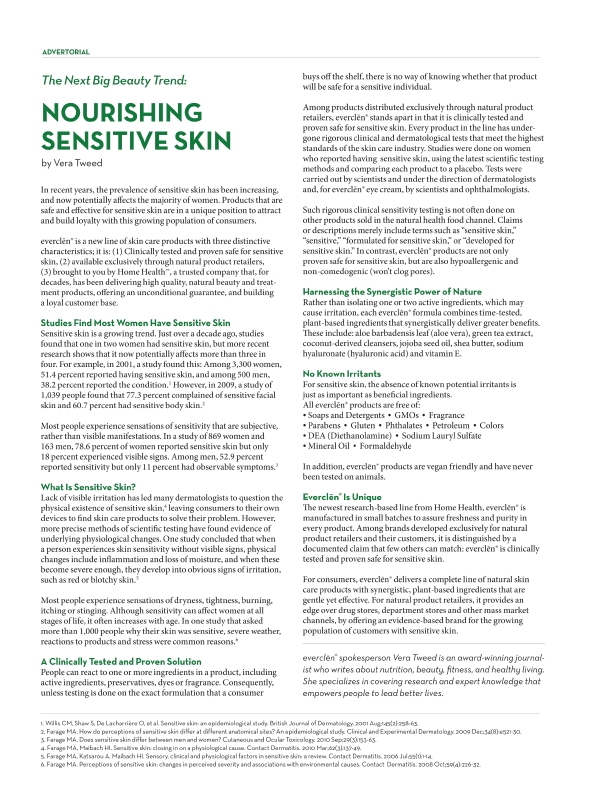 For these reasons, shoppers applaud companies that integrate natural food colors and flavors, as well as raw material makers that create new and interesting options. In August, FDA gave the green light for companies to use Spirulina as a blue coloring additive in candy and chewing gum, in response to a petition from Mars, Inc.
For these reasons, shoppers applaud companies that integrate natural food colors and flavors, as well as raw material makers that create new and interesting options. In August, FDA gave the green light for companies to use Spirulina as a blue coloring additive in candy and chewing gum, in response to a petition from Mars, Inc.
This caused some excitement in the industry, even though it wasn’t the first natural blue on the market. In 2009, WILD Flavors revolutionized the color industry with its natural blue, which allowed manufacturers to create natural green colors, deeper purple hues, blues and even black. Previously, an acid-stable natural blue was not available. “Ideal for confectionery, beverage and cereal applications, this ‘game changer’ allows manufacturers to differentiate their products in store shelves—and it’s working!” states Ford.
The shift from FD&C colors to natural colors is occurring across most grocery product segments, Ford believes. “The industry is 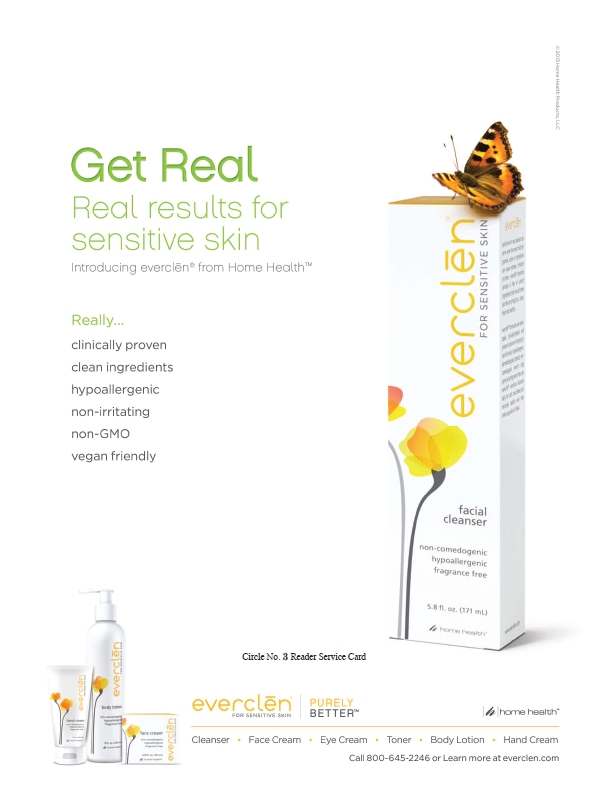 witnessing this amongst a variety of categories including beverages, snacks, supplements, dairy (yogurt) and confections,” he states.
witnessing this amongst a variety of categories including beverages, snacks, supplements, dairy (yogurt) and confections,” he states.
On the flavors side, Bom believes artificial is becoming a taboo word. “Customers are trending toward the avoidance of anything artificial, especially when it comes to aroma and flavors,” he states. “Customers are looking for a ‘stamp of authenticity’ and that tends to start with flavors.”
Sid Hulse, new product development manager at P.L. Thomas, Morristown, NJ, agrees. “We have been seeing stronger interest in natural flavors, but beyond that, we have been talking with our customers about ‘whole’ approaches to flavor.”
The firm has a patented whole food powder line (Vivid Harvest) that uses special technology to evaporate water molecules in foods without disturbing the active enzymes, antioxidants, vitamins, minerals or other phytonutrients. Hulse says this process “preserves the flavor, aroma, color and nutritional quality of the original materials in a manner that enhances the consumer experience.”
He adds that this technology also offers “processing advantages over raw foods and other fruit and vegetable inclusion processes, including a longer shelf-life, better flowability with less dusting, enhanced solubility and dispersibility, a better particle shape with greater density, and without solvents or other adulterating processing aids.”
Whole-food colors and flavors could be the impetus to improved products with clean labels and could even spur potential new product forms, Hulse believes. He says most companies that are interested in this technology are developing new products or concepts as opposed to redesigning existing inventory.
As for non-GMO flavors and colors, Wright says her company has strong non-GMO offerings because it does a lot of business in Europe, which already demands non-GMO. There can be some challenges, though. Some sources of non-GMO colors “may limit the types of carriers that can be used in formulations,” says Ford.
This can affect the price tag. “The cost of non-GMO materials is higher and securing a supply chain can be challenging,” Wright states. “As the need continues to increase, accessibility to non-GMO ingredients will become easier.”
Flavors that Shoppers Favor
There’s a whole rainbow of natural colors and flavors that shoppers seek, but Wright believes that much interest is rooted in a desire for authentic, fresh, natural and true flavor profiles. “This has resulted in increased desire for varietal fruit flavors, vibrant spice flavors and robust herb flavors as well as the colors that evoke a more true to nature appearance or hue,” she states.
Which specific flavors are trending? Teresa Olah, beverage marketing manager at Sensient Flavors LLC, says, “We’re seeing honey everywhere.” Varietals range from dandelion to local to heather.
Shoppers also are seeking some strong spices like basil, fennel and ginger, says Olah, as well as exotic fruit. She states, “Dragon fruit is coming back. We are also seeing the introduction of interesting fruits such as blue honeysuckle berry and cloudberry.”
To this list, Wright adds Sicilian lemon and pomegranate, which she says is “one of the big beverage flavors.” Plus, fruit–herb and fruit–spice combinations are increasingly popular.
This speaks to the overarching trend, according to Wright, of fusion, “where flavors are being combined together with interesting and sometimes exceptional results.”
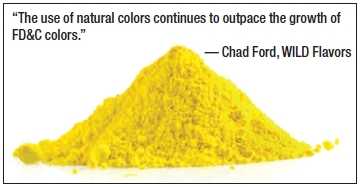
For instance, shoppers are sticking with the health theme, and love fruit and vegetable combos—a trend that is branching out from juices as “consumers are looking to get their daily intake in any way possible,” says Olah.
Salty sweets continue to lure shoppers, with Wright citing salted caramel as “the biggest fusion hit” and bacon and chocolate as another successful combination.
Last, shoppers are honing in on teas (especially Earl Grey and rooibos, says Olah), and enjoy unique pairings. “Tea flavors have been and continue to be popular in chocolate. And, they’re showing up in beer as well,” she adds. WF
Published in WholeFoods Magazine, November 2013

